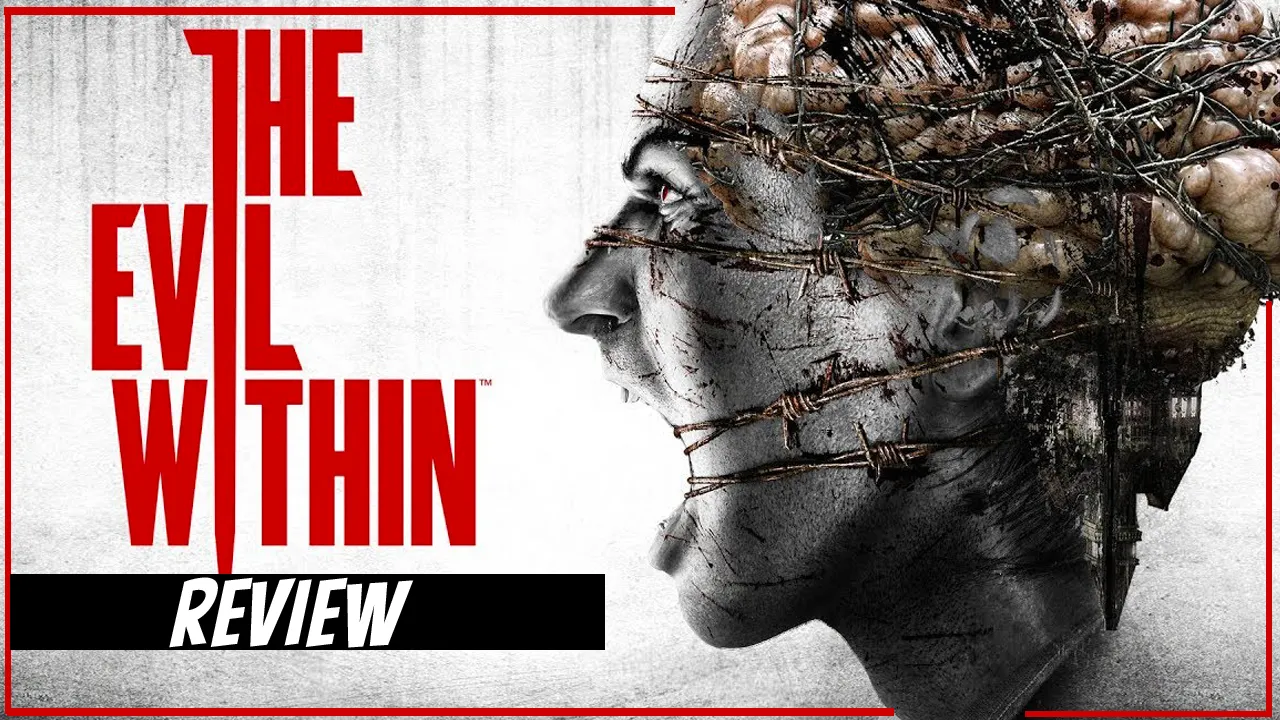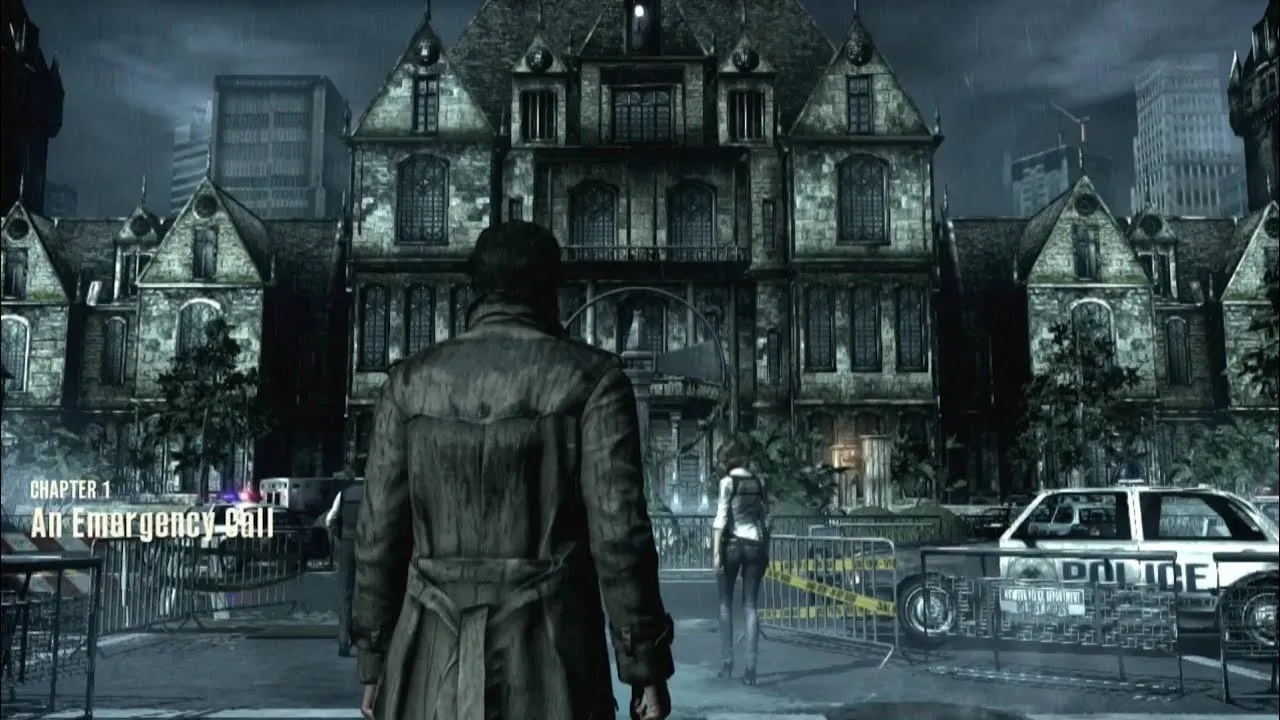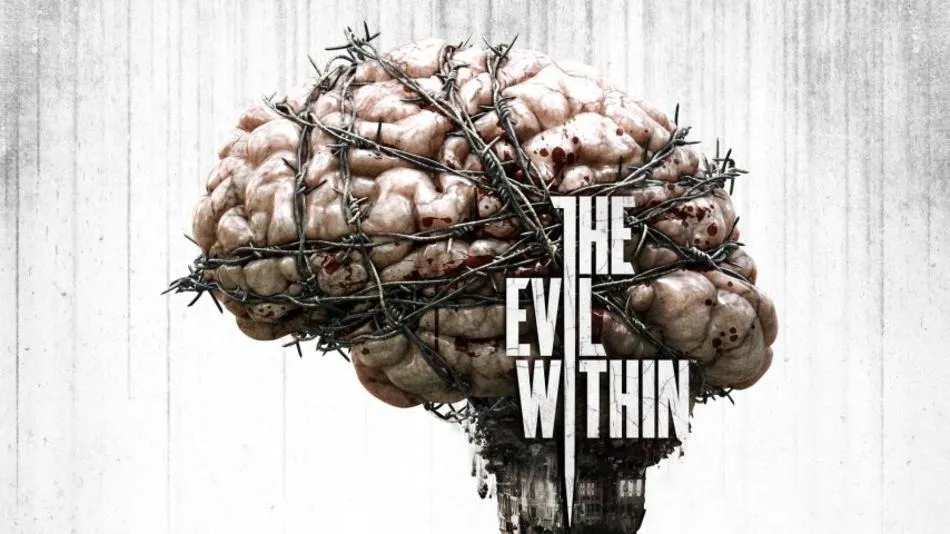Shinji Mikami is one of the best known and recognized people in the video game industry, as well as Hideki Kamiya or Hideo Kojima, and it is not for less, because he was in charge of the first bars of the Resident Evil saga, and who gave that great popularity that the franchise has today. After the fourth installment, Mikami took a break, and after a great number of years since he released his last game, he returned with his own studio, to deliver the game I want to talk about today, The Evil Within, which was released 7 years ago and was trying to revive the essence and feel that made the genre so famous.

The Evil Within puts us in the shoes of Sebastian Castellanos, a detective whose job is to investigate the horrible homicides that occurred in a hospital for the mentally ill. As soon as they arrive, they soon turn things upside down, because in a matter of minutes everything turns into chaos leading the world to destruction, and Sebastian to live one of his worst nightmares.
I do not want to give any more spoilers with respect to the story, but I can tell you that it is very crazy, especially if we take into account the other works of Mikami. Here they will put you in many types of situations, with paranormal issues and medical experiments related to the human brain. Sebastian's teammates make appearances from time to time, although they never have that much prominence, and while there are times where you have to cooperate and help some of them, you can tell that The Evil Within is a solo experience more than anything.

The Evil Within has a very good variety of environments, here the journey will take us through forests, mansions, pipelines, cabins, villages, hospitals and any scary place you can imagine, and obviously everything with a classic atmosphere of a survival horror that is respected . With the enemies I am very satisfied, because there is a good variety of them, there are also the typical basic enemies that are like zombies, although here they are not exactly. The same with the bosses, their designs and encounters seem memorable, and I have to say that some of them have impressive proportions.

It's weird for Resident Evil's father to include a stealth in his games, but here he surprisingly did. It is best to be careful, because it can be very easy to be discovered, and if they do, it is impossible to hide, at least with the enemy in question. Besides, Sebastian is very well equipped, with a revolver, a shotgun, a sniper, crossbows and much more, but the one that stands out the most is the crossbow, I feel that it is the main focus in terms of weapons, because you can build the ammunition of this with certain objects in the environment, apart from the fact that it has several types of arrows, and obviously these have different functions. You can also take certain objects from the environment to use them to your advantage, although being very cautious, because the scenarios have traps, and some of them make you an instakill or attract the attention of enemies.

The progress system is made so that you can make your character more resistant, it can be when you run, your melee attacks, more life, precision and even improve the weapons you have, and you buy everything with a green substance that is found scattered on stages throughout the game.
I must clarify it is not easy at all, it depends a lot on the difficulty you choose, but if you play hard, you are going to deal with the game, because the enemies do exaggerated damage. I recommend the difficult modes of the game for people who are already more experienced, because they really require a lot of skill with their mechanics to advance.

Graphically it is nothing so surprising. Not that it looks bad, in fact it makes very good use of the lighting effects, but if you look closely, some textures lack quality compared to others, and the fact that it has black bars on the screen does not help either. Also, the artificial intelligence is somewhat crude, but nothing that spoils the experience to be honest.
The sound effects go very well with the game. Everything you do and the environments sound spectacular. I know it is something basic and something that any game should have, but in survival horror it shines a lot because of how silent they can be many times, which is why the steps you take, the sound when you shoot, and much more stand out.

In conclusion, I recommend The Evil Within to any lover of survival horror, obviously it has its negative points, such as artificial intelligence, its graphics, its hand-to-hand combat and some other thing, but nothing that collapses the experience. It is a game that has memorable moments, and like Resident Evil, it is a replayable experience, so you have this game for a while with the duration it has, highly recommended.
Shinji Mikami es una de las personas más conocidas y reconocidas en la industria de los videojuegos, asi como Hideki Kamiya o Hideo Kojima, y no es para menos, porque fue el encargado de los primeros compaces de la saga Resident Evil, y el que le dió esa gran popularidad con la que cuenta la franquicia hoy en día. Luego de la cuarta entrega, Mikami se tomó una pausa, y luego de una gran cantidad de años desde que lanzó su último juego, volvió con su propio estudio, para entregarnos el juego del que quiero hablar el dia de hoy, The Evil Within, que se lanzó hace 7 años e intentaba revivir la esencia y la sensación que hizo tan famoso al género.

The Evil Within nos pone en los zapatos de Sebastian Castellanos, un detective que tiene como trabajo investigar los horribles homicidios que ocurrieron en un hospital para enfermos mentales. Tan pronto como llegan, no tardan en ponerse las cosas de cabeza, porque en cuestión de minutos todo se torna en caos llevando al mundo a una destrucción, y a Sebastian a vivir una de sus peores pesadillas.
No quiero dar más spoilers con respeto a la historia, pero si te puedo decir que es muy alocada, sobretodo si tenemos en cuenta los demás trabajos de Mikami. Aquí te pondrán en muchos tipos de situaciones, con cuestiones paranormales y experimentos médicos relacionados con el cerebro humano. Los compañeros de Sebastian hacen apariciones de vez en cuando, aunque nunca tienen tanto protagonismo, y si bien hay momentos donde tienes que cooperar y ayudar a algunos de ellos, se nota que The Evil Within es una experiencia más que nada en solitario.

The Evil Within tiene una muy buena variedad de ambientes, aquí la travesía nos llevará por bosques, mansiones, ductos, cabañas, aldeas, hospitales y cualquier lugar pavoroso que te imagines, y evidentemente todo con una atmósfera clásica de un survival horror que se respete. Con los enemigos estoy muy conforme, porque hay una buena variedad de ellos, también están los típicos enemigos basicos que son como zombies, aunque aquí no lo sean precisamente. Lo mismo con los jefes, sus diseños y encuentros me parecen memorables como nos tiene acostumbrados este director, y he de decir que algunos de ellos tienen proporciones impresionantes.

Es raro para el padre de Resident Evil incluír un sigilo en sus juegos, pero aquí sorprendentemente lo hizo. Lo mejor es andar con cuidado, porque puede ser muy fácil que te descubran, y si lo hacen, es imposible esconderse, al menos con el enemigo en cuestión. Aparte, Sebastian está muy bien equipado, con un revolver, una escopeta, un francotirador, ballestas y mucho más, pero la que más destaca especialmente es la ballesta, siento que es el foco principal en cuanto a las armas, porque puedes construir las municiones de esta con ciertos objetos del entorno, aparte de que tiene varios tipos de flechas, y evidentemente estas cuentan con distintas funciones. También puedes tomar ciertos objetos del entorno para usarlos a tu favor, aunque siendo muy cauteloso, porque los escenarios tienen trampas, y algunas de ellas te hacen un instakill o llaman la atención de los enemigos.

El sistema de progreso está hecho de modo que puedas hacer a tu personaje más resistente, puede ser cuando corres, tus ataques cuerpo a cuerpo, más vida, precisión e incluso mejorar las armas que dispones, y todo lo compras con una sustancia verde que se encuentra regada en los escenarios a lo largo de todo el juego.
Debo aclarar no es nada fácil, depende mucho de la difícultad que eligas, pero si juegas en difícil te las vas a ver con el juego, porque los enemigos hacen un daño exageradísimo. Los modos difíciles del juego los recomiendo para la gente que ya esté más experimentada, porque de verdad requieren de mucha habilidad con sus mecánicas para poder avanzar.

Gráficamente no es nada tan sorprendente. No es que se vea mal, de hecho hace un muy buen uso de los efectos de iluminación, pero si te fijas, algunas texturas carecen de calidad en comparación con otras, y tampoco ayuda el hecho de que tenga unas barras negras en la pantalla. Además, la inteligencia artificial es algo tosca, pero nada que arruine la experiencia a decir verdad.
Los efectos de sonido van muy bien con el juego. Cada cosa que haces y los ambientes se oyen espectáculares. Sé que es algo básico y algo que cualquier juego debería de tener, pero en los survival horror brilla mucho por lo silenciosos que pueden llegar a ser muchas veces, por esto destacan tanto los pasos que das, el sonido cuando disparas, y mucho más.

En conclusión, yo recomiendo The Evil Within a cualquier amante de los survival horror, obviamente tiene sus puntos negativos, como la inteligencia artificial, sus gráficos, su combate cuerpo a cuerpo y alguna que otra cosa, pero nada que te derrumbe la experiencia. Es un juego que tiene momentos memorables, y como los primeros Resident Evil, es una experiencia rejugable, por lo que tienes este juego para rato con la duración que tiene, muy recomendable.